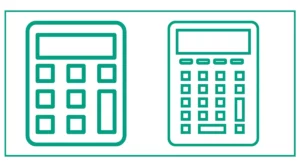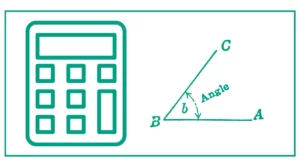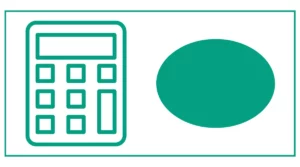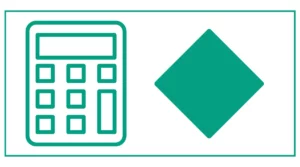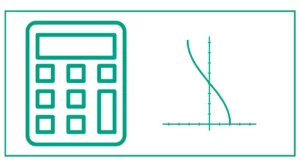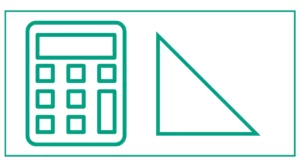Unit rate calculator
The unit rate calculator helps you calculate the unit rate for any two given quantities.
Enter the value of a and b to calculate the unit rate.
Unit rates illustrate the relationship between quantities, highlighting the proportion of the first number to the second.
The unit rate can be calculated by dividing the numerator by the denominator. This will yield a decimal number that represents the unit rate.
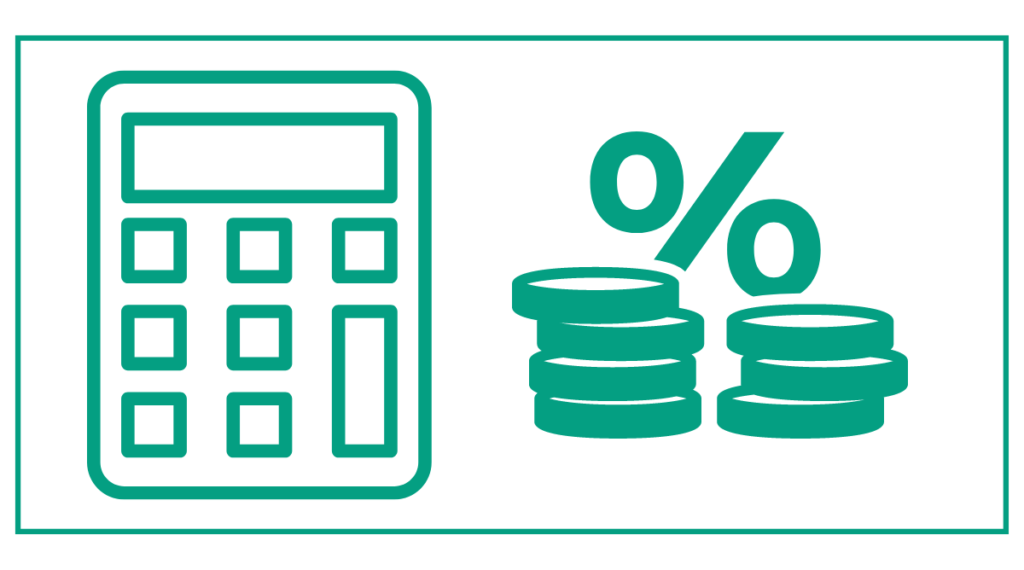
You may also be interested in learning how to convert fractions to percentages or calculate the average percentage.
What is a Unit Rate?
A unit rate is a ratio that compares two quantities where the denominator is expressed as one unit. It allows us to standardize comparisons between different items or measurements. For example, if you’re comparing the price of apples, you might express it as dollars per pound. This makes it easier to determine which option offers the best value.
Common examples of unit rates include:
- Price per unit (e.g., $2 per pound)
- Speed (e.g., 60 miles per hour)
- Productivity (e.g., 20 units per hour)
How to Calculate Unit Rates
To calculate a unit rate, you need to divide the numerator (the quantity being measured) by the denominator (the unit of measurement). The general formula for calculating a unit rate is:
Unit Rate = Quantity / UnitFor instance, if you want to find the unit rate of a car traveling 240 miles in 4 hours, you would divide 240 by 4:
Unit Rate = 240 miles / 4 hours = 60 miles per hourUsing the Unit Rate Calculator
A unit rate calculator simplifies this process by automating the calculations. Here’s how to use the calculator provided:
- Enter the value for ‘a’ in the first input field. This represents the quantity being measured.
- Enter the value for ‘b’ in the second input field. This represents the unit of measurement.
- Click the “Calculate” button.
- The calculator will display the unit rate as “Unit Rate: [result]”.
The calculator will automatically divide ‘a’ by ‘b’ to give you the unit rate. This tool is particularly useful when dealing with larger numbers or when you need to perform multiple calculations quickly.
Practical Applications of Unit Rates
Understanding and calculating unit rates has numerous practical applications in everyday life. Let’s explore some common scenarios where unit rates are useful:
1. Comparison Shopping
When grocery shopping, you often encounter items of different sizes or quantities. Using unit rates helps you determine which option offers the best value for money.
Example:
- Brand A offers 24 ounces of juice for $3.60
- Brand B offers 32 ounces of juice for $4.80
To compare these options, we need to calculate the price per ounce for each:
Brand A: $3.60 / 24 oz = $0.15 per oz
Brand B: $4.80 / 32 oz = $0.15 per oz
In this case, both brands offer the same value. However, if the prices were different, the lower price per ounce would indicate the better deal.
2. Travel Planning
When planning a trip, unit rates can help you estimate travel times and fuel efficiency.
Example:
If your car travels 300 miles on 10 gallons of gas, you can calculate the miles per gallon:
300 miles / 10 gallons = 30 miles per gallon
This information can help you budget for fuel costs and plan refueling stops during your journey.
3. Cooking and Baking
Unit rates are often used in cooking to scale recipes up or down.
Example:
If a recipe that serves 4 people requires 2 cups of flour, you can calculate the amount of flour needed per person:
2 cups / 4 people = 0.5 cups per person
This allows you to easily adjust the recipe for a different number of servings.
Advanced Applications of the Unit Rate Calculator
While the basic concept of unit rates is straightforward, the unit rate calculator can be applied to more complex scenarios across various fields:
1. Finance
In finance, unit rates are crucial for comparing investment options, analyzing company performance, and making informed decisions.
Example:
Comparing the earnings per share (EPS) of two companies:
- Company A: Annual earnings of $1,000,000 with 500,000 outstanding shares
- Company B: Annual earnings of $1,500,000 with 1,000,000 outstanding shares
Using the unit rate calculator:
Company A: $1,000,000 / 500,000 = $2 per share
Company B: $1,500,000 / 1,000,000 = $1.50 per share
In this case, Company A has a higher earnings per share, which might make it a more attractive investment option.
2. Scientific Measurements
Scientists often use unit rates to express measurements and compare results across experiments.
Example:
A chemical reaction produces 45 grams of a substance in 3 minutes. To standardize this rate:
45 grams / 3 minutes = 15 grams per minute
This unit rate allows scientists to compare the efficiency of different reactions or predict the yield over longer periods.
Tips for Using the Unit Rate Calculator Effectively
To get the most out of the unit rate calculator, consider the following tips:
- Ensure your units are consistent. If comparing weights, use the same unit (e.g., ounces or grams) for all calculations.
- When dealing with complex units, break them down into simpler components. For instance, if calculating cost per square foot, first calculate the total square footage, then divide the total cost by this number.
- Always double-check your inputs. A small error in data entry can lead to significantly incorrect results.
- Use the calculator to compare multiple options quickly. This is especially useful when comparison shopping or analyzing data sets.
- Remember that the lowest unit rate isn’t always the best choice. Consider other factors like quality, personal preferences, and specific needs.
Frequently Asked Questions
Can the unit rate calculator handle different units of measurement?
The basic calculator provided here performs simple division. For calculations involving different units (e.g., converting miles per hour to kilometers per hour), you would need a more advanced calculator or perform additional conversions manually.
How accurate is the unit rate calculator?
The calculator provides results to two decimal places, which is sufficient for most everyday calculations. For more precise scientific or financial calculations, you may need a calculator with greater precision.
Can I use the unit rate calculator for negative numbers?
Yes, the calculator can handle negative numbers. This can be useful in scenarios involving temperature changes or financial losses.
References
- Foundation, C. (n.d.). CK12-Foundation. CK12-Foundation. flexbooks.ck12.org/cbook/ck-12-conceptos-de-matem%C3%A1ticas-de-la-escuela-secundaria-grado-8-en-espa%C3%B1ol/section/4.2/related/lesson/use-unit-rates-and-equivalent-rates-msm8/
